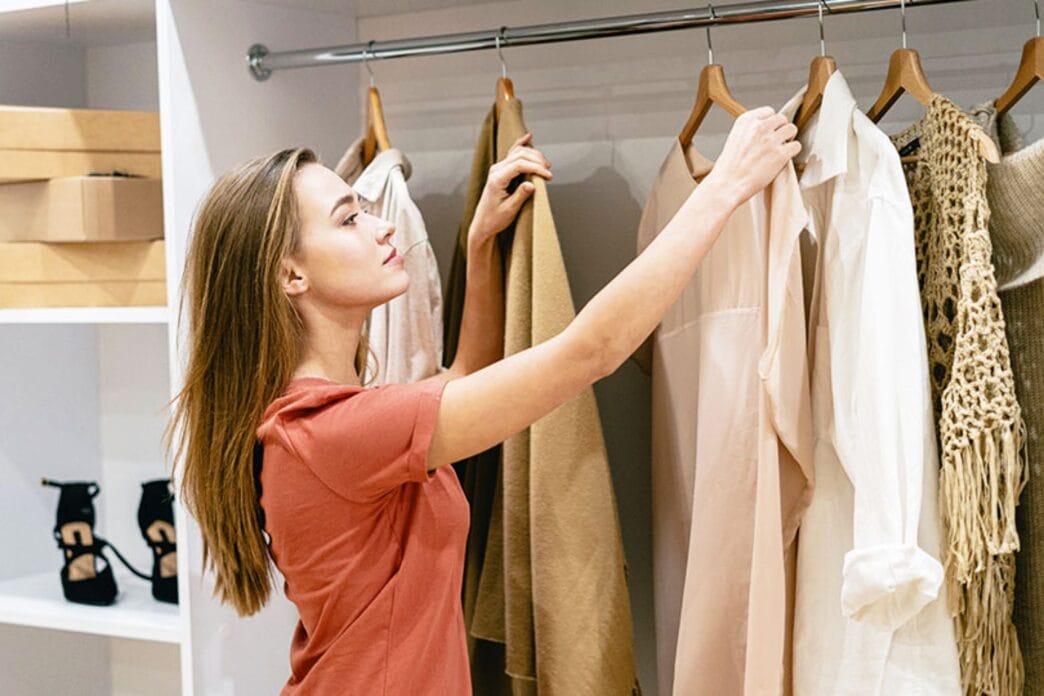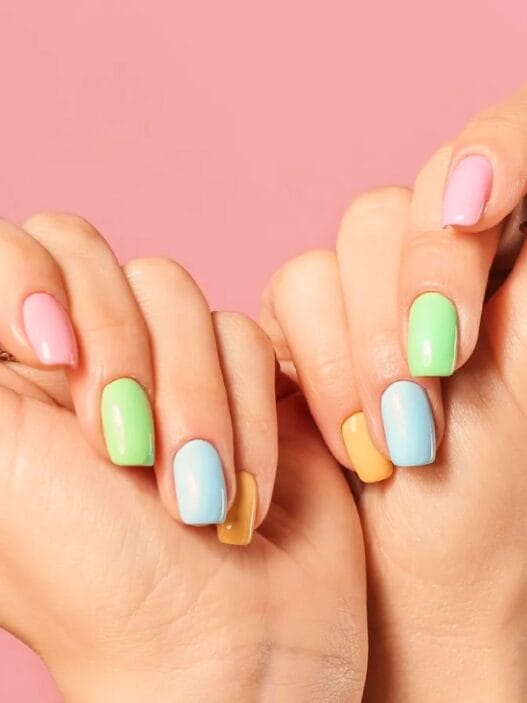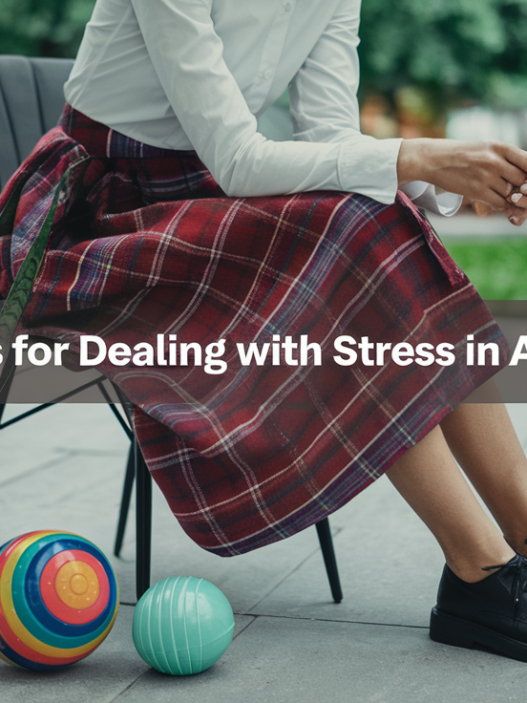The Connection Between Self-Care and Personal Style
In today’s fast-paced world, self-care has become more than just a buzzword; it’s a necessity. Similarly, personal style is more than clothing—it’s an expression of individuality and confidence. But did you know there’s a deep connection between self-care and personal style? When you prioritize self-care, your personal style often flourishes, and vice versa. Let’s explore how nurturing yourself and your wardrobe go hand in hand.
1. Self-Care Fuels Confidence, and Confidence Shapes Style
At the heart of great personal style is confidence, and self-care is a key ingredient in building that confidence. When you take time to care for yourself, you feel more comfortable in your skin, and that comfort translates into how you dress.
Examples of Confidence-Boosting Self-Care:
Skin Care: Healthy, glowing skin can boost your confidence and inspire you to experiment with bolder colors or lighter makeup.
Exercise: Regular physical activity not only improves your health but also enhances how you feel in your clothes.
Mental Wellness: Practices like meditation or journaling help reduce stress, allowing you to focus on expressing yourself through your style.
Style Tip: Start with outfits that make you feel good, and your confidence will naturally shine through.
2. Dressing Well as an Act of Self-Care
For many, putting together a stylish outfit is a form of self-care. The process of dressing intentionally—choosing fabrics, colors, and accessories—can be both therapeutic and empowering.
Why Dressing Well Matters:
It sets the tone for your day, helping you feel prepared and in control.
It’s a way to celebrate your unique identity.
It can improve your mood by giving you a sense of accomplishment.
Pro Tip: Lay out your outfit the night before as part of your evening self-care routine. This small act can save time and reduce stress in the morning.
3. Wardrobe Organization as Self-Care
A cluttered wardrobe can lead to stress, making it harder to find the perfect outfit. Organizing your wardrobe is an excellent form of self-care that also enhances your personal style.
Steps to Organize Your Wardrobe:
Declutter: Donate or sell items you no longer wear.
Categorize: Group similar items together (e.g., tops, bottoms, dresses).
Invest in Storage Solutions: Use drawer dividers, hangers, and bins to keep everything tidy.
Seasonal Rotation: Store out-of-season clothes to make space for current favorites.
Style Tip: An organized wardrobe makes it easier to identify gaps and invest in versatile, high-quality pieces.
4. The Role of Self-Care in Defining Personal Style
When you’re in tune with your needs and emotions, you’re more likely to develop a personal style that truly reflects who you are. Self-care encourages introspection, helping you understand what makes you feel confident and comfortable.
Questions to Define Your Style:
What colors make me feel happy and confident?
What fabrics feel most comfortable against my skin?
Which outfits do I receive the most compliments on?
Pro Tip: Keep a style journal to track outfits that make you feel your best. Over time, you’ll notice patterns that define your unique style.
5. Self-Care Through Shopping Smart
Retail therapy can be a fun part of self-care, but it’s essential to shop mindfully. Overindulging can lead to buyer’s remorse, while thoughtful purchases contribute to a cohesive wardrobe.
Tips for Smart Shopping:
Invest in Quality Over Quantity: Choose timeless pieces that will last.
Stick to a Budget: Set a spending limit to avoid financial stress.
Prioritize Fit: Ensure every piece flatters your body and feels comfortable.
Choose Versatile Items: Look for clothes that can be styled in multiple ways.
Style Tip: Before buying, ask yourself if the item aligns with your personal style and existing wardrobe.
6. How Your Style Reflects Your Self-Care Journey
Your wardrobe can serve as a visual representation of your self-care journey. When you prioritize yourself, your style often evolves to reflect your growth and confidence.
Examples:
Before: Relying on loose, uninspired outfits due to low energy or confidence.
After: Choosing structured, vibrant pieces that celebrate your progress.
Pro Tip: Take photos of your favorite outfits to see how your style evolves over time.
7. Building a Self-Care-Focused Capsule Wardrobe
A capsule wardrobe simplifies your life while ensuring you’re always dressed stylishly. By focusing on a curated selection of high-quality essentials, you eliminate decision fatigue and create space for more meaningful self-care activities.
Capsule Wardrobe Essentials:
Neutral basics (white shirt, black trousers, beige sweater).
Comfortable footwear (flats, sneakers).
Versatile outerwear (trench coat, blazer).
Statement pieces (bold accessories, patterned skirts).
Style Tip: Stick to a cohesive color palette to ensure all items work well together.
8. The Power of Accessories in Self-Care and Style
Accessories are the cherry on top of any outfit, and they can also serve as a form of self-expression and care.
Ideas:
Jewelry: Minimalist pieces for everyday wear, bold ones for special occasions.
Scarves: Add a pop of color while keeping warm.
Handbags: Invest in a bag that’s both functional and stylish.
Pro Tip: Rotate accessories to keep your outfits fresh without buying new clothes.
9. Self-Care Practices to Enhance Your Style
Taking care of your body and mind directly impacts how you present yourself. Incorporate these self-care practices to complement your style:
Hydration: Drink plenty of water for glowing skin and a radiant appearance.
Rest: A good night’s sleep ensures you look and feel refreshed.
Self-Love: Affirmations can help you embrace your unique style and body.
Style Tip: Treat yourself to regular spa days or DIY pampering sessions to maintain a polished look.
10. Embracing Authenticity in Both Self-Care and Style
Ultimately, the best self-care and style practices are the ones that feel authentic to you. Forget trends if they don’t resonate, and focus on what genuinely makes you feel good.
Examples of Authentic Style Choices:
Wearing bold colors because they energize you.
Opting for comfort over high fashion if it aligns with your lifestyle.
Personalizing trends to suit your preferences.
Pro Tip: Be unapologetically yourself. Confidence and authenticity are the cornerstones of both self-care and style.
Final Thoughts
Self-care and personal style are deeply interconnected. When you nurture yourself, your style becomes a reflection of your inner well-being. By prioritizing self-care practices, organizing your wardrobe, and making mindful fashion choices, you create a harmonious balance between looking good and feeling great.
Start your self-care and style journey today. Remember, true beauty comes from within, and your personal style is the perfect way to share that beauty with the world.
This article is a guide to help you connect self-care and personal style. Share it with friends who might need some inspiration to enhance their wardrobe and well-being!














I love how your posts are always so well-structured and easy to follow. Keep it up!
Your content is a go-to source for me when I need information. Great work, as always!
Thank you, for your kind words. I\’m committed to maintaining the quality of my posts.